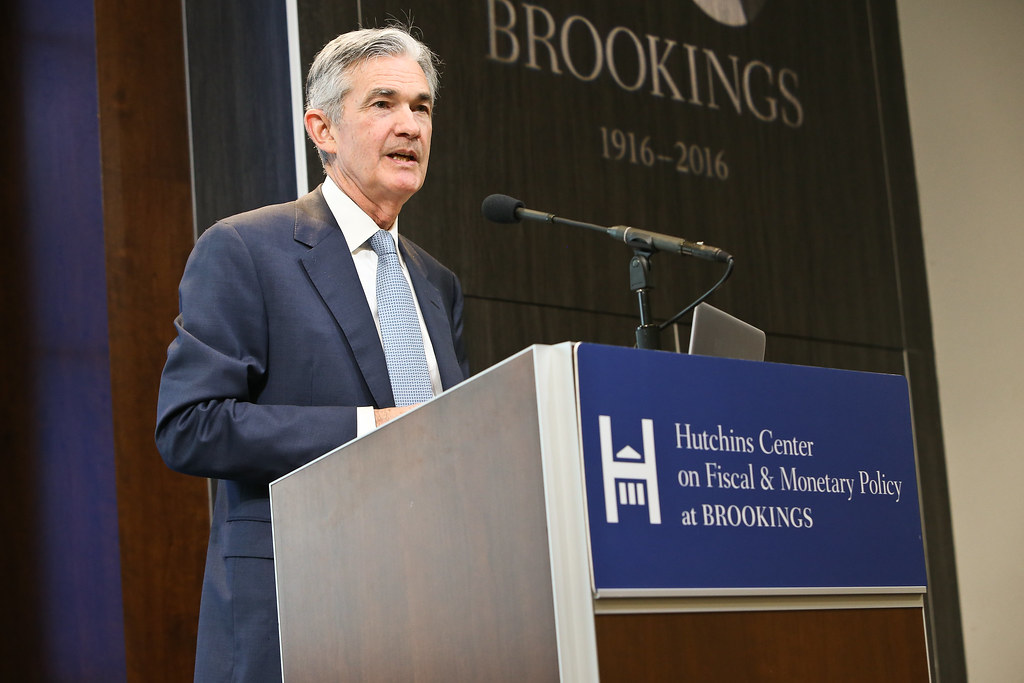The U.S. Federal Reserve Board (Fed) meets today. Tomorrow it will announce its monetary policy decisions. Chairman Jerome Powell has already indicated the Fed will accelerate its tapering plan to cease buying securities sooner than mid-year 2022. He is also likely to announce the Fed’s intention to begin raising the fed funds rate soon after the central bank stops purchasing securities. Financial markets anticipate the first ¼ percentage point increase will be in May.
From the standpoint of monetary policy, the Fed is doing too little, too late. Assuming the Fed stops purchasing securities at either the January or March meeting, it will be purchasing securities for another one to three months. If the Fed’s governors do raise rates in May by ¼ percentage point, it is unlikely to be enough to slow the growth in money.
As a result, monetary policy will remain highly stimulative through at least the first half of 2022. Given the six-to-nine-month lag between monetary policy changes and their impact on the economy, the most likely development is for current dollar spending to continue to increase at a rapid pace of 8 percent or more through 2022.
With high inflation, interest rates will head higher throughout 2022. Stock prices will remain volatile, falling over expectations of tight money, then recovering amid the recognition that, during inflationary periods, stocks represent a relatively more attractive asset than bonds.
(Update, 11:30 EDT, Dec. 14)
More to think about . . .
Wholesale prices in the United States surged in November at the fastest pace since at least 2010.
Wholesale prices rose at their fastest annual pace on record in November, with the newest inflation-related datapoint adding to broader concerns about the persistence of elevated prices as higher input costs for producers tend to trickle down to consumers.
The Labor Department said in a Dec. 14 statement that, for the 12 months ending in November, the final demand producer price index (PPI) jumped by 9.6 percent, the highest number in the history of the series, which goes back to 2010. Consensus forecasts predicted a slower 9.2 percent rise in the PPI final demand measure.
